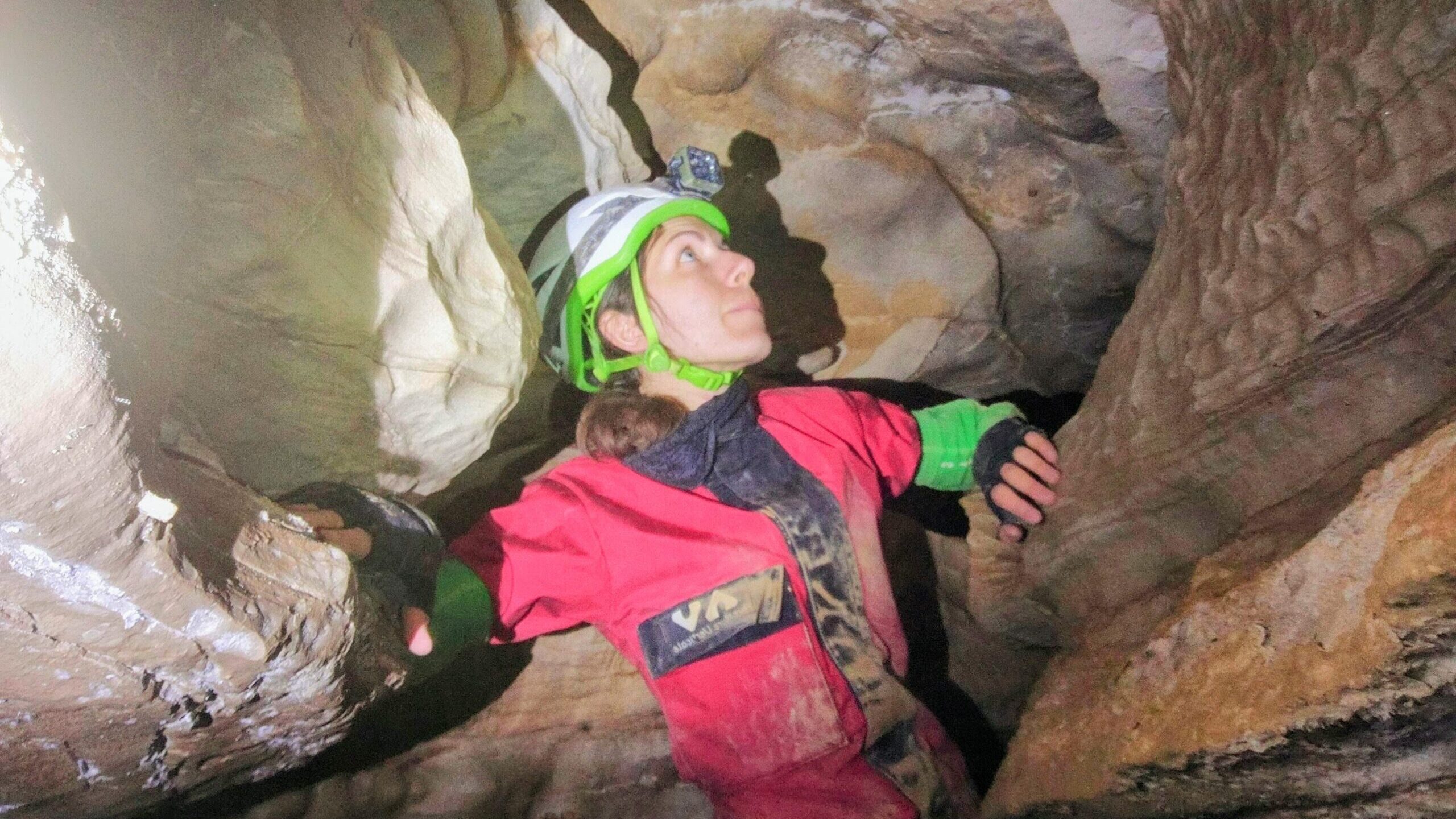Dr. Giorgia Auteri is new to Missouri State University, but not the world of evolutionary biology.
For the last six years, she has been aiming to understand the full extent of how mammals adapt to changes in their environment caused by humans.
Now an assistant biology professor at MSU, Auteri has achieved much along the way.
An early interest
Growing up in Seattle, Washington, Auteri witnessed the effects of water pollution on animals near her home.
“One day when I was about five, I was walking on the dock of a shipyard with my mom and I looked down at the water,” Auteri said. “It was dark blue with all these floating white blobs on the surface. I asked my mom what they were, and she said they were a type of animal called a jellyfish, and that they were dead because the water was so polluted.”
She then pursued more knowledge in the field, obtaining her Bachelor of Science in public affairs from the School of Public and Environmental Affairs at Indiana University.
In her graduate studies, she shifted to research and completed her PhD in ecology and evolutionary biology at the University of Michigan just last summer.
Now, she leads emerging evolutionary biologists at MSU.
Survival of the fattest
On a routine trip to a northern Missouri cave, Auteri expected to find the bats that she studies.
But instead, she was met with the smell of decay.
“We go to these caves in the winter to count bat populations,” she said. “But this time when we entered, we found their carcasses on the ground.”
This led to some necessary changes in the research directions.
But like every great evolutionary biologist, Auteri adapted.
“This is how I got into studying white-nose syndrome,” she said.
White-nose syndrome, also known as Pseudogymnoascus destructans, is a fungus that attacks the bare skin of bats while they’re hibernating. This causes the bats to become more active than usual and burn the fat they need to survive the winter.
Graduate student Victor Piñeiro assists Auteri on this research.
“I can only think of wonderful things to say about working with Dr. Auteri,” Piñeiro said. “Her insight and expertise on bat biology and genetics is unrivaled.”
Auteri recently received a $45,000 grant from the U.S. Fish and Wildlife Service for her proposal Rounding Out Our Understanding of Fat Bats. This grant will aid her and Piñeiro’s future work in understanding how bats are adapting to white-nose syndrome.
Below is a video documentary of Auteri’s research on bats and white-nose, “Survival of the Fattest,” created with videographer Hans Reijnan.
A voice for the voiceless
In 2022, Auteri was named one of Conservation Nation’s 2022 established conservation grant winners for an additional project, “Prioritizing Research and Conservation of Endangered Black Bears.”
The project will focus on Himalayan black bears that live in secluded parts of Nepal.
“Over the next few years, we’ll use genetics to identify conservation threats and bears’ movements across a mountainous landscape,” Auteri said. “It’s similar to a project with salamanders I helped with.”
Suman Shree Neupane, a Nepalese biologist, will be a key collaborator on the project with Auteri.
Neupane recently enrolled as a master of biology student at MSU and will apply his previous work with Himalayan black bears towards the project.
“Bears are a highly threatened species due to climate change, habitat fragmentation and anthropogenic pressures,” Neupane said. “In Nepal, they are a less prioritized species in terms of research and conservation.”
Undoubtedly, research brings forth new information that helps change the world around us.
But Neupane believes it is more than that.
“For me, doing research is not only about addressing a knowledge gap,” Neupane said. “It’s more about learning a scientific culture and understanding the value of a system from the perspective of humans.”
In addition, Aleana Savage, a master of biology student in Auteri’s lab, will also be working on how wildlife responds to urbanization. She is interested in learning about why some animals can live in urban areas while others cannot.
“I think it’s important to understand how species are responding to the changing landscape as urban areas continue to develop,” Savage said. “This way, we can make informed conservation decisions and reduce negative interactions between wildlife and humans.”
The project will take place over the next few years.
All about Auteri
Auteri’s work can be found in many places, including National Geographic, Mongabay, and the upcoming book “Blight: Fungi and the coming pandemic,” which is available for preorder now.
“If you’re interested in fungi or conservation, it should be an interesting read,” Auteri said.

